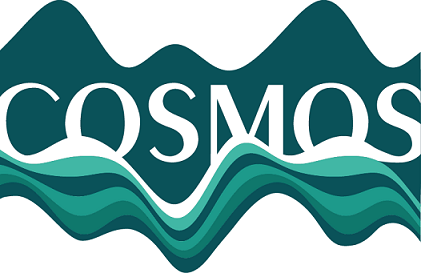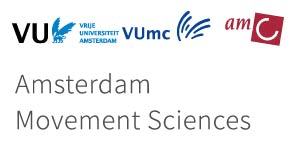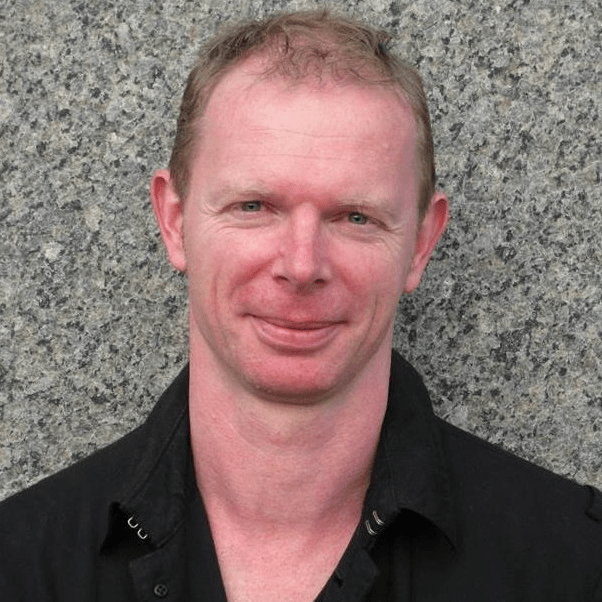COSMOS
Complex Oscillatory Systems: Modeling and Analysis
Locations of Principal Academic Partners
University of Potsdam
University of Aberdeen
Lancaster University
University of Florence
University of Barcelona
VU University Amsterdam
FIS - Faculty of Information studies in Novo Mesto
University of Graz
Distribution of responsibilities
University of Potsdam
The Statistical physics and theory of chaos group at the Department of Physics and Astronomy participates at the interdisciplinary priority focus area Dynamics of Complex Systems.
- Dynamics of Complex Systems 100%
- Mathematics 50%
- Computer Science 25%
University of Aberdeen
The Institute for Complex Systems and Mathematical Biology (ICSMB) collaborates with the Institute of Medical Sciences as well as with the Institute of Pure and Applied Mathematics.
- Statistical Physics 100%
- Mathematics 50%
- Computer Science 25%
Lancaster University
The Nonlinear Biomedical Physics Group (NBPG) applies nonlinear-dynamics tools to better understand living systems.
- Nonlinear Dynamics 50%
- Physiology 60%
- Computer Science 25%
University of Florence
The Dept. of Physics and Astronomy/ Interdepartment Center for the Study of Complex Dynamics. Cooperation with Institute of Complex of the Italian research council.
- Statistical Physics 100%
- Spike Train Analysis 70%
Universitat Pompeu Fabra
The Nonlinear Signal Analysis Group and Computational Neuroscience Group are part of the Department of Information and Communication Technologies
- Nonlinear Dynamics 100%
- Electrophysiology 70%
- Time Series Analysis 25%
Vrije Universiteit Amsterdam
The Coordination Dynamics group of the AMS Research Institute currently focus on functional connectivity studies, using nonlinear dynamics and graph theory
- Functional Connectivity 100%
- Nonlinear Dynamics 80%
- Graph Theory 25%
FIŠ – Novo Mesto
Laboratory of Data Technologies at Faculty of Information Studies combines network analysis/graph theory, statistical physics, machine learning and methods of data analysis
- Analysis/Graph Theory 100%
- Statistcal Physics 50%
- Machine Learning 25%
University of Graz
The Institute of Physiology Main areas of research are chronobiology, autonomic nervous system, heart rate variability, clinical physiology, stress and recovery research.
- Medical Science 100%
- Data Processing 25%
Universities
Partners
Years
Papers
Our tasks and results
Scientific Goals
Many natural and artificial systems are composed of mutually interacting oscillatory elements. In such systems, many temporal and spatial scales can be present accompanied by the spontaneous emergence of collective properties. What are relevant variables to describe these phenomena? We seek to develop a set of generic tools to identify the most appropriate variables for describing such phenomena and, ultimately, to control the underlying systems.
Responsible
Principal Investigator
Co-Investigator
Publications
A. Daffertshofer, R. Ton, B. Pietras, M.L. Kringelbach, G. Deco Scale-freeness or partial synchronization in neural mass phase oscillator networks: Pick one of two NeuroImage, In press.
A. Daffertshofer, R. Ton, M.L. Kringelbach, M. Woolrich, G. Deco Distinct criticality of phase and amplitude dynamics in the resting brain NeuroImage. In press.
B. Pietras and A. Daffertshofer Ott-Antonsen attractiveness for parameter-dependent oscillatory systems Chaos 26, 103101 (2016)
B. Pietras, N. Deschle, A. Daffertshofer Equivalence of coupled networks and networks with multimodal frequency distributions: Conditions for the bimodal and trimodal case, Phys. Rev. E 94, 052211 (2016) (…)
Conferences & Presentations
Deschle N., Schelter B., Daffertshofer A. Determining the Mean Field Dynamics in Complex Networks Via the Kramers-Moyal Expansion. Snowbird, Utah, USA, May 2017, Poster
Deschle N. and Daffertshofer A. Quantifying topology transfer in interconnected networks of phase oscillators using relaxation time, 2016 Conference on Complex Systems Amsterdam. Talk Abstract
Deschle N., Pietras B., Daffertshofer A. Estimation of relaxation times in coupled oscillatory networks, Statphys26 Satellite: Complex Networks: from theory to interdisciplinary applications. Marseille July 2016. Poster.
Official Network News
Cooperation Partners
Industrial Organizations
IFCA
DI.V.A.L
HRI
IMMT
This project has received funding from the European Union’s Horizon 2020 research and innovation programme
under the Marie Sklodowska-Curie grant agreement No 642563.
Get In Touch.
Other networks
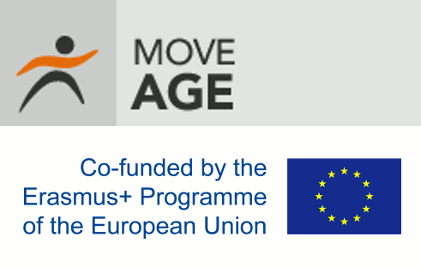
Move-Age
Understanding Ageing and Mobility. Funded by the EU as part of the Erasmus Mundus program, this international training network involves 40-odd PhD students studying age-related changes in human movement.
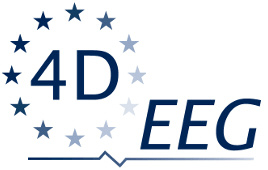
4D-EEG
Assessing Arm Function Recovery Post-Stroke. Goal of this EU-funded 4D-EEG project is to develop innovative methods for accurate localization of brain activity patterns and quantification of the interactions between multiple brain areas.
